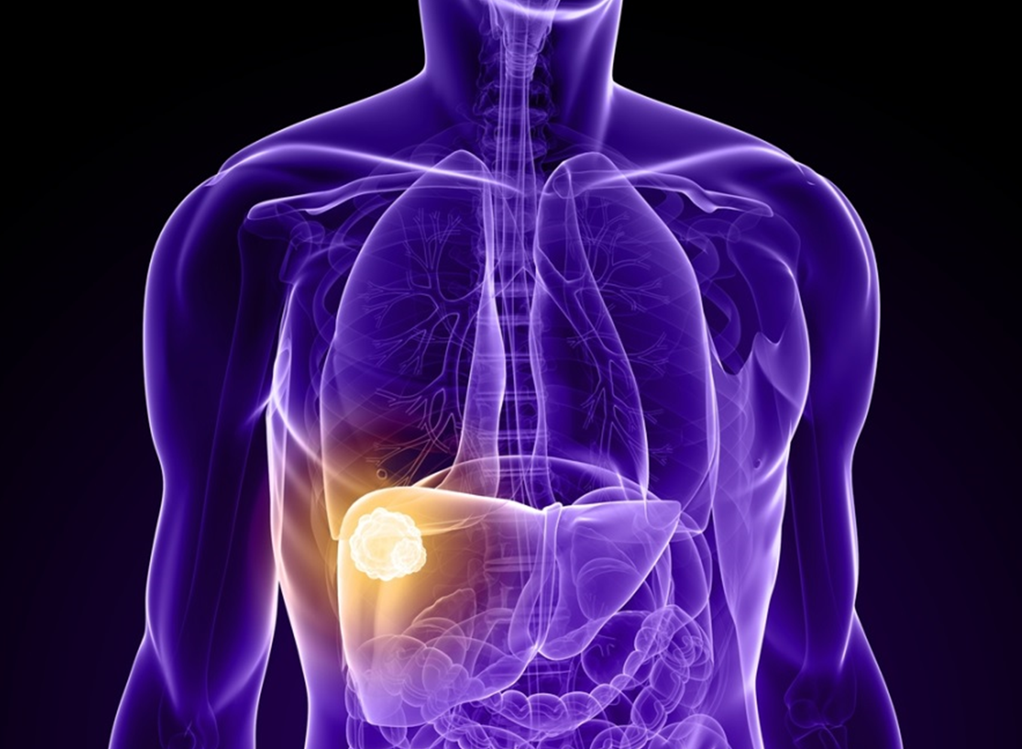Ray of hope: Radiotherapy improves survival of patients with liver cancer invading the portal vein
Hepatitis B and C drastically increase the chances of developing hepatocellular carcinoma that often invades and blocks the portal vein; radiotherapy combined with other therapies offers patients the best hope for improved, increased survival.
Hepatitis, a viral infection, results in chronic inflammation of the liver. Of the five types (A-E), hepatitis B and C are most concerning. According to the World Health Organization, hepatitis B infection is most common in Asia and Africa. Both hepatitis B and C are linked to hepatocellular carcinoma (HCC), a type of liver cancer. People with hepatitis B are especially at risk for HCC even if they never experience cirrhosis.
Owing to the high incidence of hepatitis B in Asia as well as the connection of hepatitis B with HCC, a study in Korea, led by Prof. Jinsil Seong of the Yonsei University College of Medicine, examined Korean patients with HCC and portal vein tumor thrombosis (PVTT). The findings of this study have been published in Liver International.

PVTT is a condition where the cancer spreads to the portal vein, a key blood vessel that drains into the liver. It is a common complication in HCC. Most patients with both HCC and PVTT only survive about 3 months.
Through this study, the researchers intended to review previously collected patient data, to identify the most effective radiotherapy treatment options and to investigate associated outcomes. They analyzed previous treatments for HCC, type of radiotherapy given, radiation dose, number of sites targeted (i.e., PVTT only versus PVTT and tumor), and any additional treatment following radiotherapy.
They found that the response to irradiation of the PVTT could predict how long the patients survived. Regardless of whether radiotherapy was used alone or in combination with other treatments, the optimal dose was over 45 Gy (Gy stands for Gray, a unit of measure for radiation). The best results were obtained when radiotherapy was combined with other treatments, such as removing a part of the liver, liver transplant, or injecting an agent to prevent blood flow to the tumor.
Professor Jinsil Seong says, “We found that using a radiation dose higher than 45 Gy along with a combination of other treatments better controlled cancer invasion into the portal vein and markedly increased patient survival.”
The study provides additional evidence that radiotherapy combined with other treatments offers patients improved survival rates.
Recommended Articles
Professor Hyuk-Jae Chang
Professor Sung-Joo Hwang